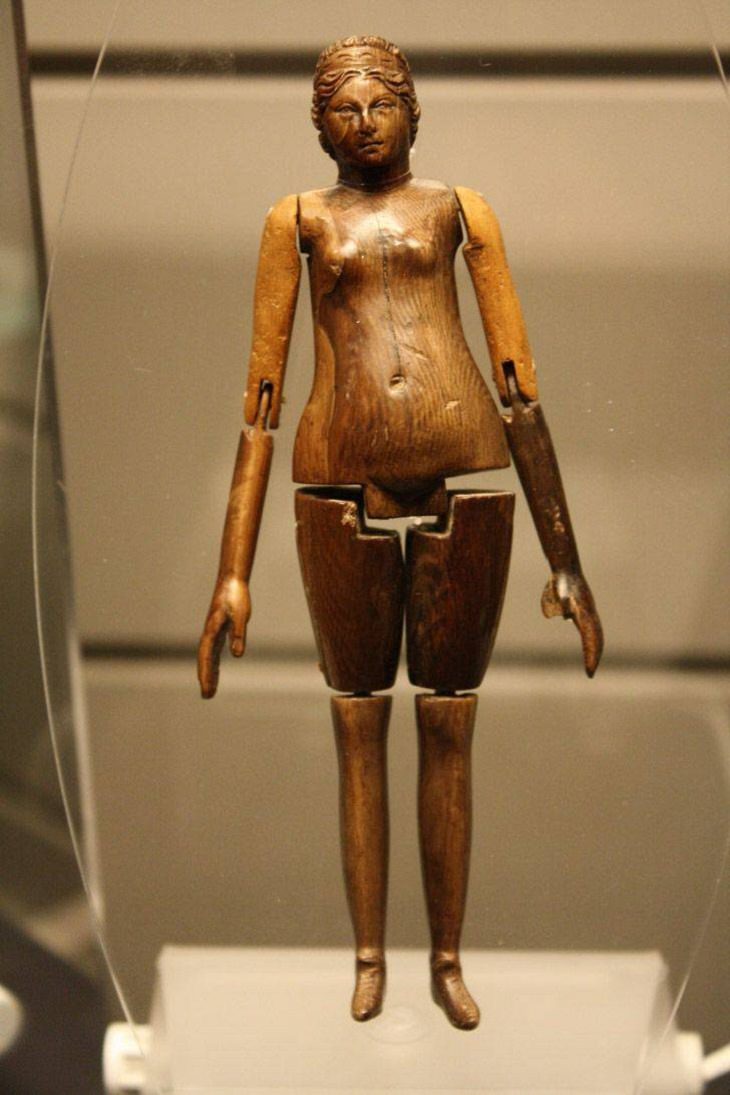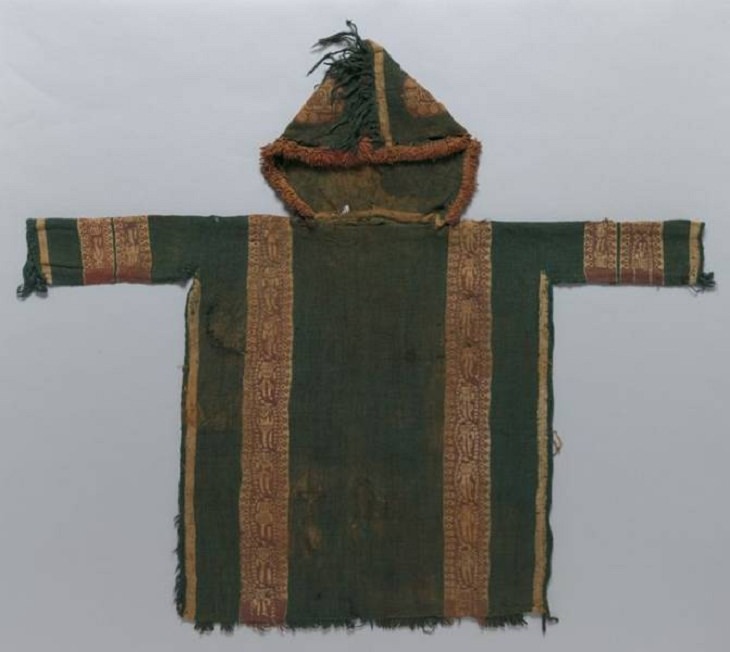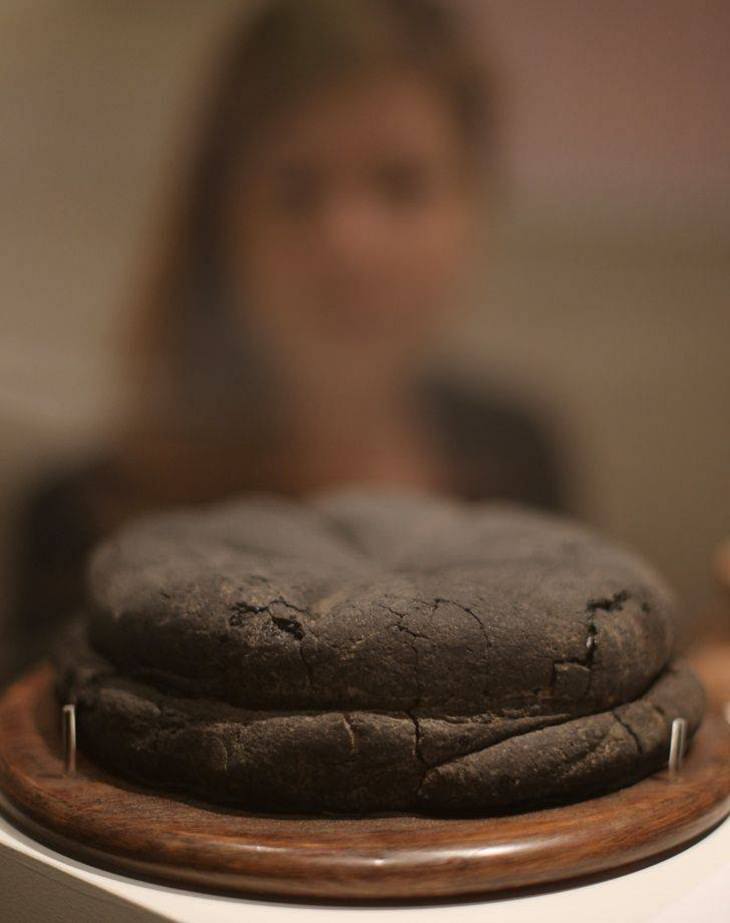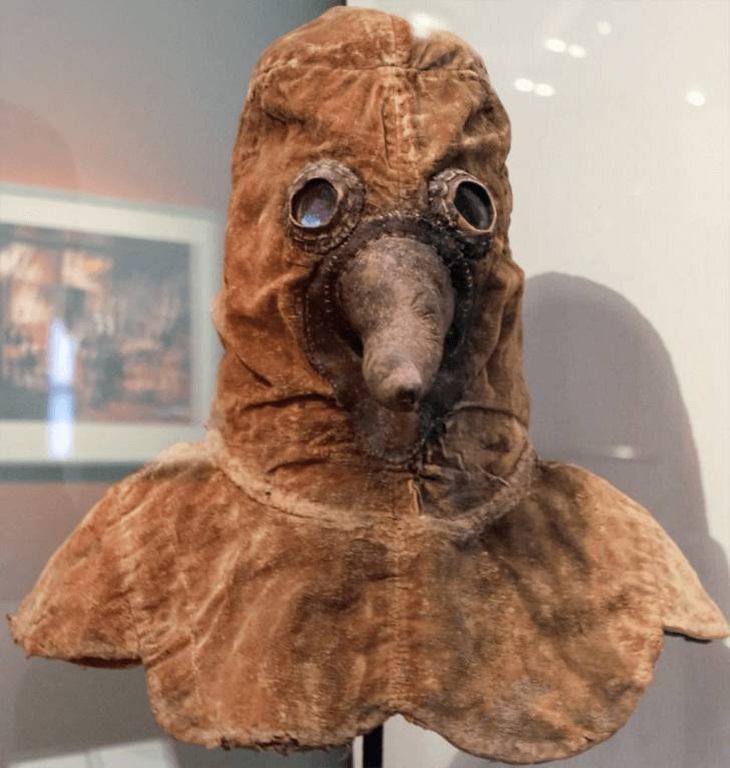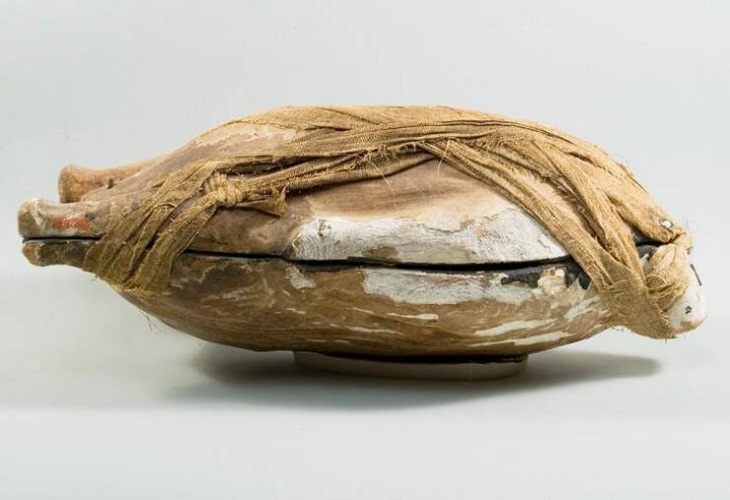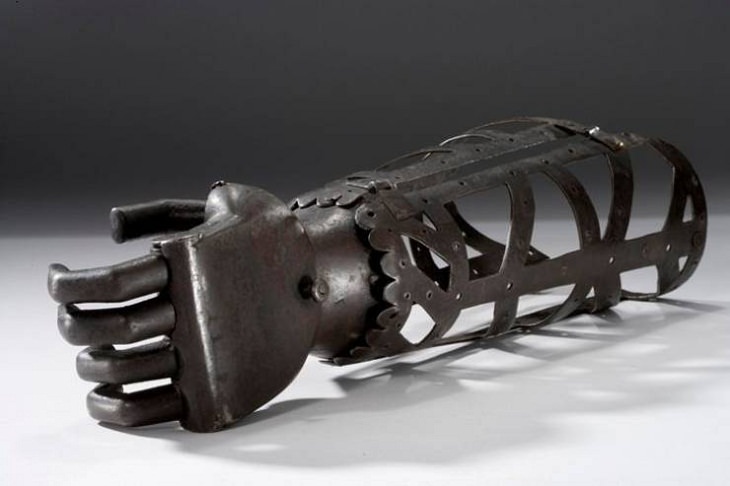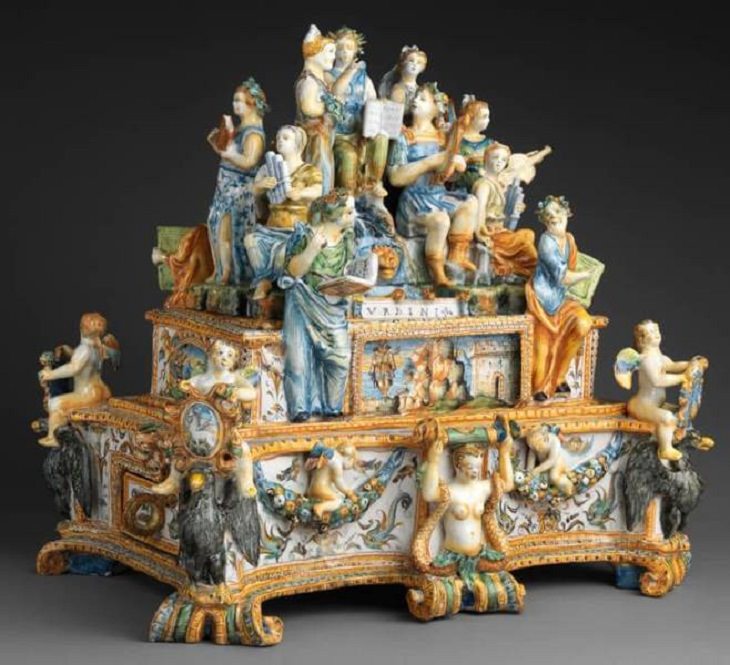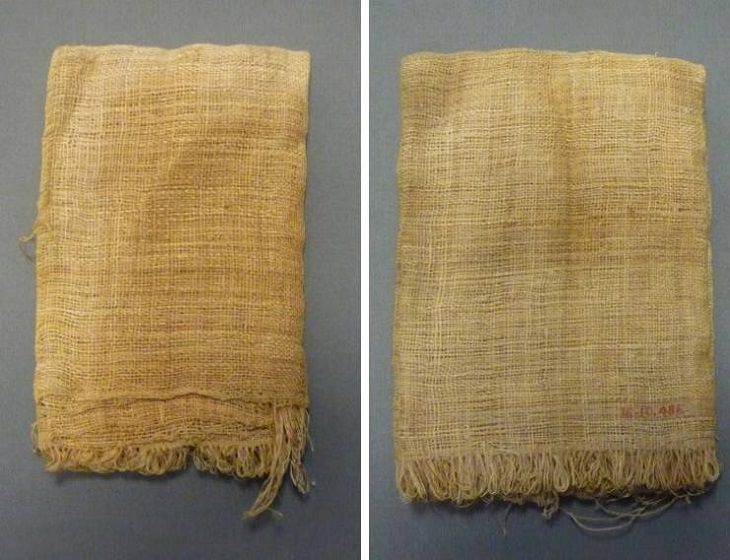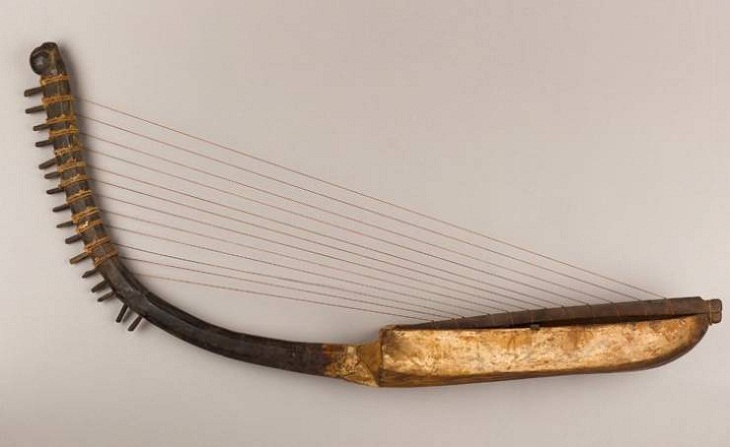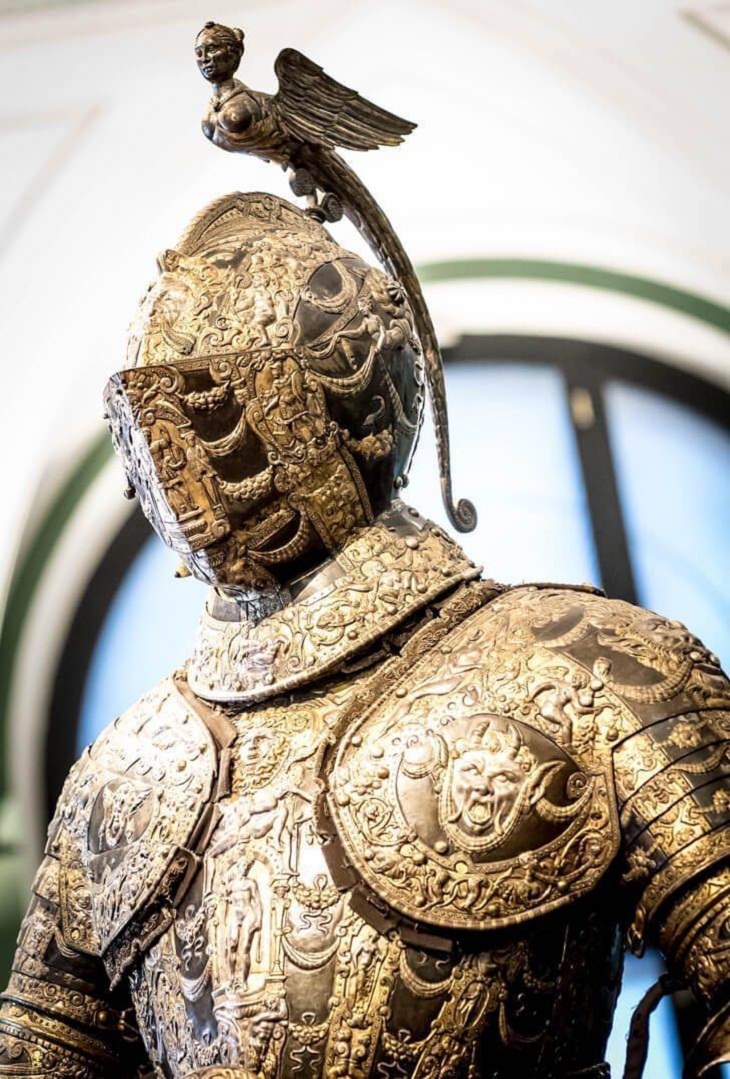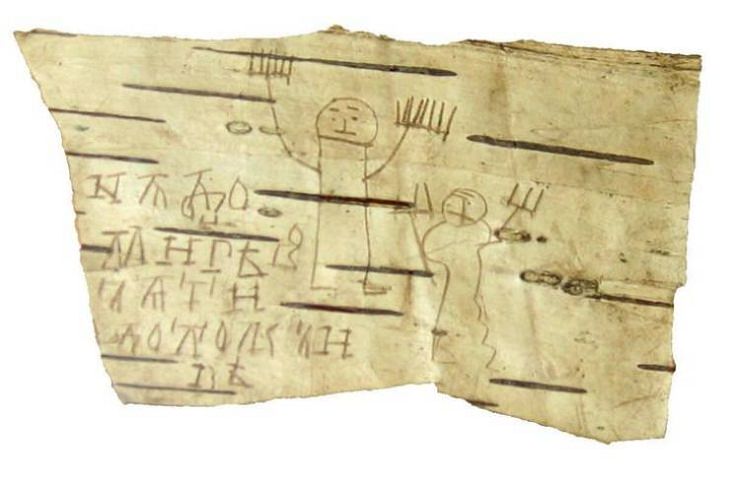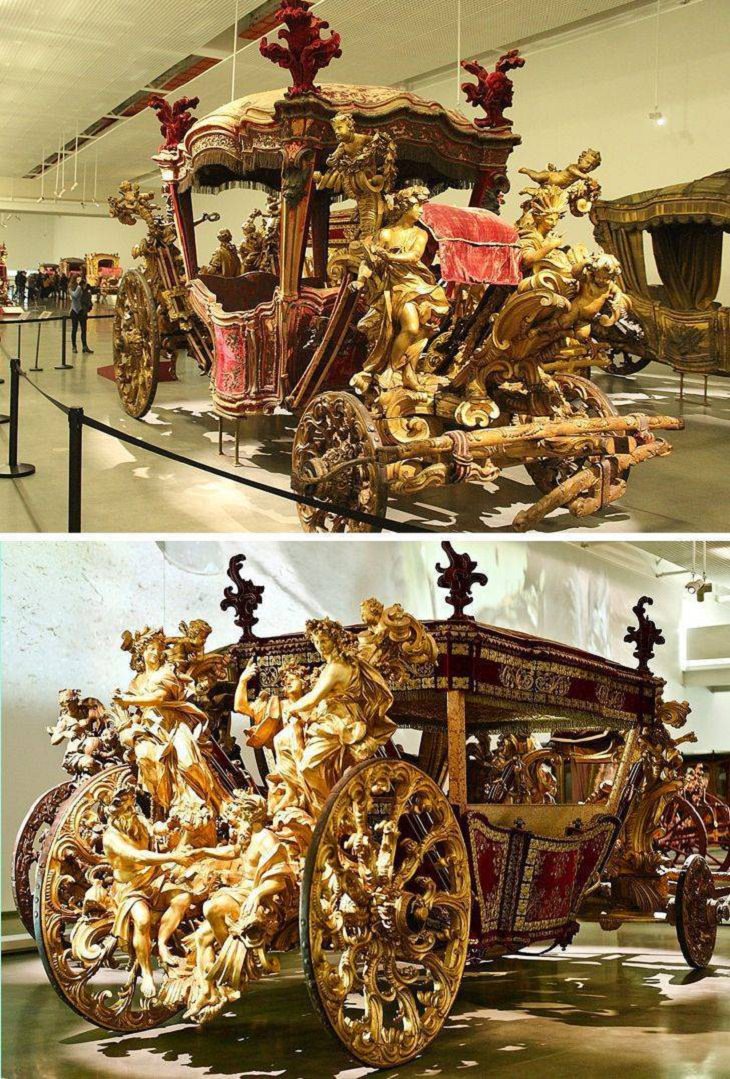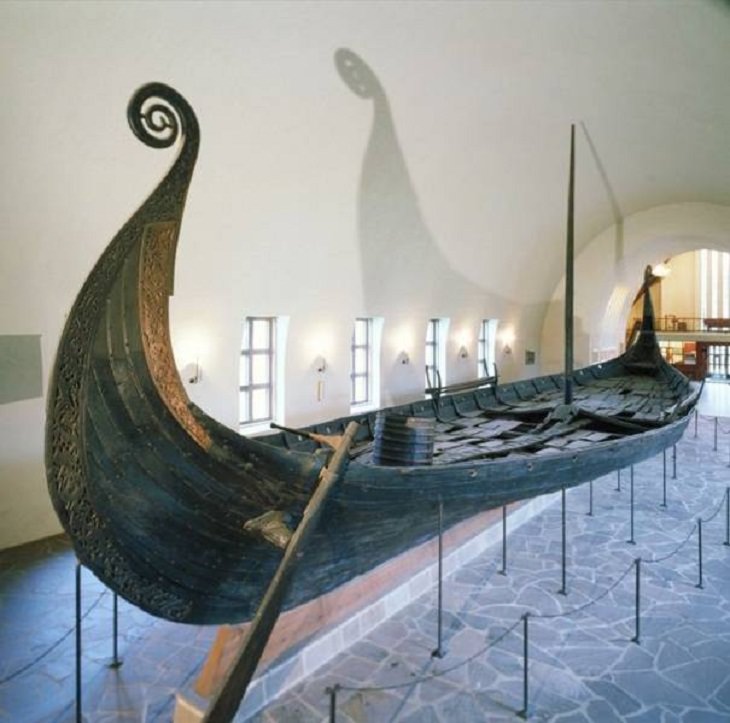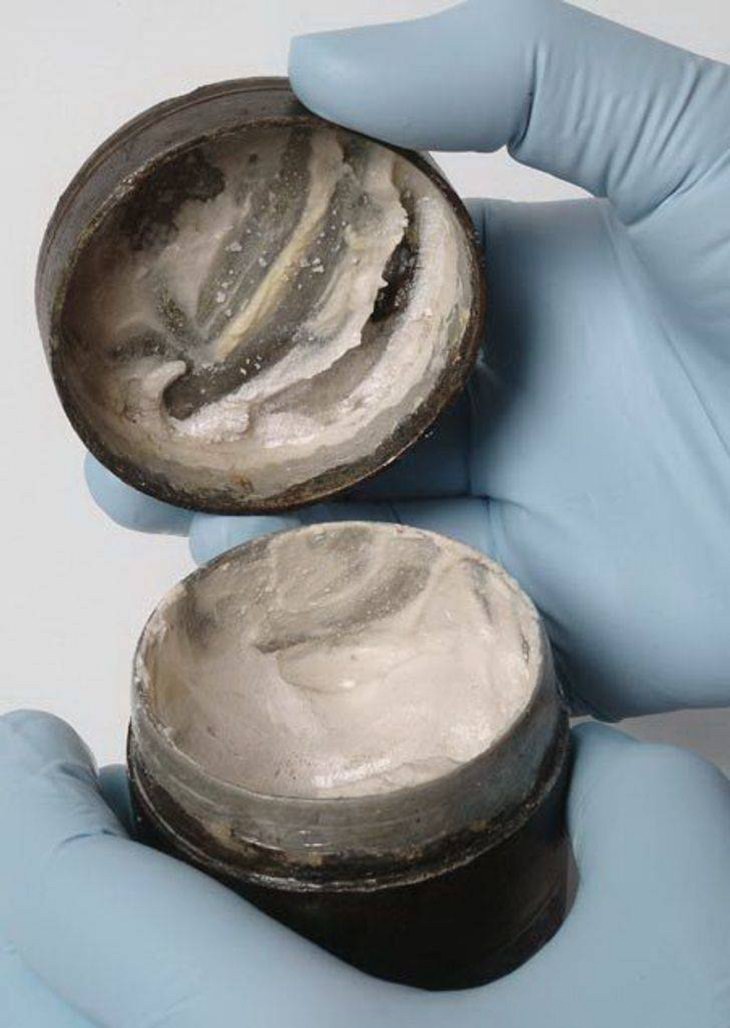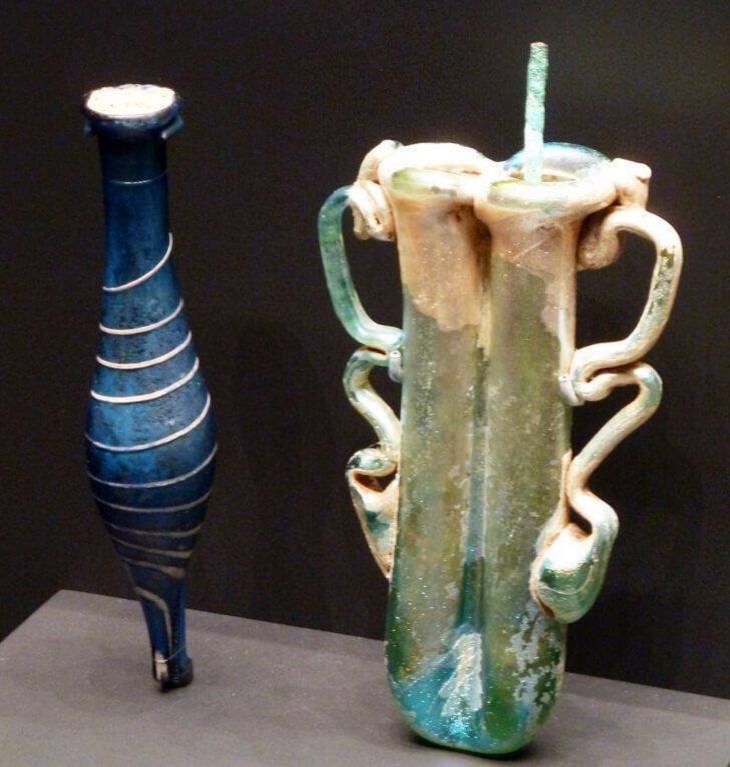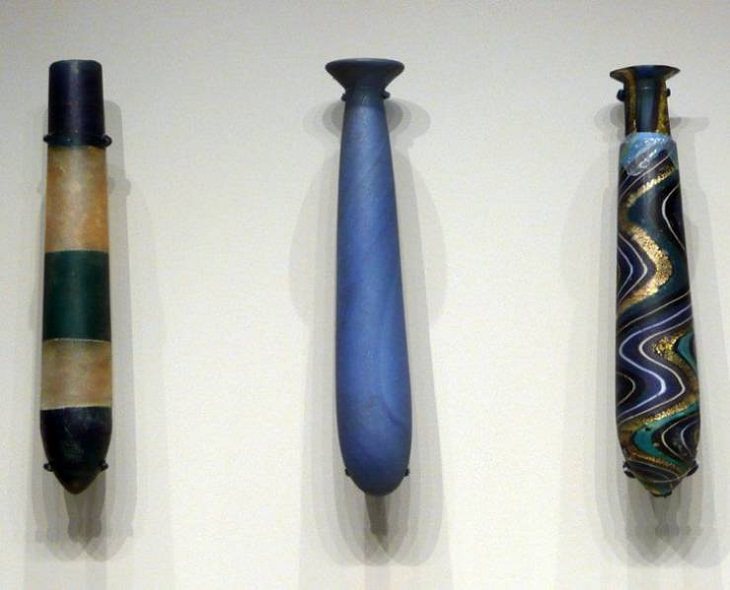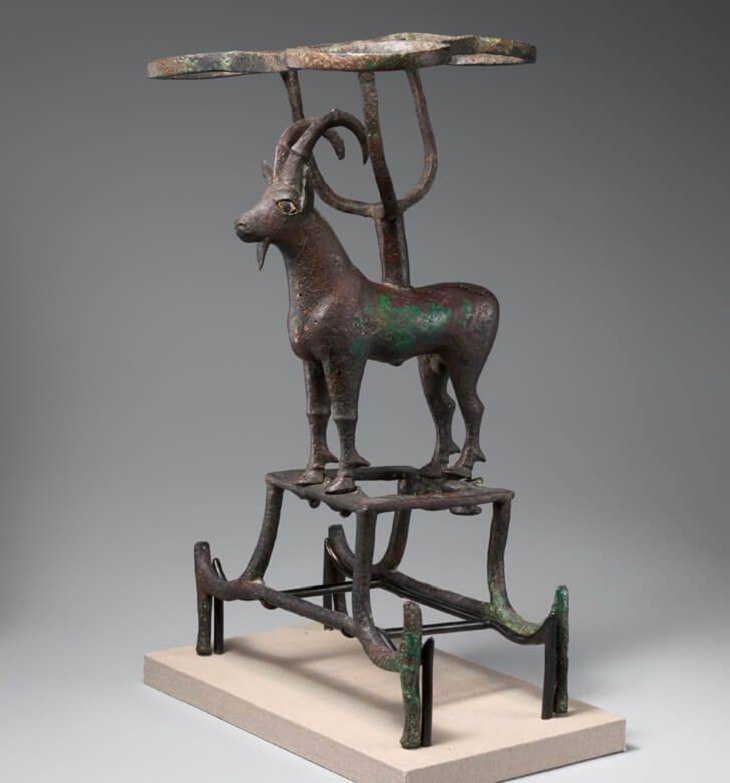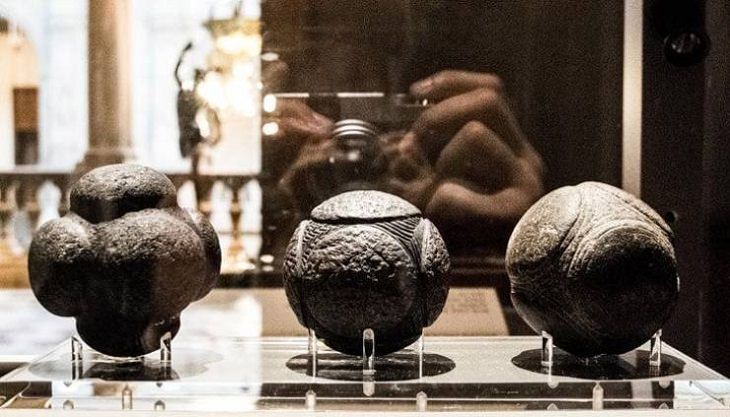Remember those museum visits during our school days? They used to be so much fun, right? Looking at displays of historical figures, learning about ancient mummies, or marveling at the giant skeletons of dinosaurs – it was all so fascinating. I don’t know about you, but I still love visiting local museums from time to time. They play such an integral part in preserving the history of our society and provide a wealth of information about the past that would otherwise be forgotten.
Today, we will look at some amazing historical items that are preserved in different museums all over the world. From mysterious prehistoric stone balls to a two-thousand-year-old loaf of bread, these must-see museum artifacts have captivating stories.
1. This ancient Roman doll is made of colored ivory and was found in the sarcophagus of an 8-year-old boy who lived more than 1,800 years ago.
2. This ancient tunic belonged to a child and is believed to be about 1,400 years old. These garments were pretty common in ancient Greece and Rome. This particular one appears to be an older version of a modern-day hoodie.
3. This loaf of bread is more than 1,940 years old and has been partially preserved with the help of carbonization. The bread was found in 1930 at an archeological site. Researchers believe that it was hidden under the ashes that appeared after the eruption of Mount Vesuvius that buried the ancient Roman city of Pompeii.
4. This mask belonged to a plague doctor in the 17th-century. These strange, beaked masks were believed to protect doctors from 'miasma', also commonly called 'bad air', and helped the physicians in "warding off the disease". This theory was based on the misconception that the bubonic plague spreads through the air.
5. A 3,500-year-old box with food. It's presumed that the box contained preserved duck.
6. A 17th-century prosthetic hand. It is likely to have belonged to Carl Gustaf Güntherfelt, Master of the Horse to King Charles XII of Sweden.
7. This magnificent inkstand with Apollo and the Muses was made in a workshop of the Patanazzi family (a renowned Italian family of potters) in 1584.
8. Miniature linen sheets that are almost 3,500 years old. The quality still looks decent enough, doesn't it?
9. A portable, boat-shaped arched harp that’s approximately 3,400 years old. These harps were common during the New Kingdom (16th - 11th century BC) and were generally used by processional female musicians performing alone or in ensembles with singers.
10. The armor of Ferdinand II, the Holy Roman Emperor. This intricate piece was made in the 1600s in Italy.
11. A 700-year-old drawing that was made by a 7-year-old boy named Onfim who lived in Novgorod (present-day Russia).
12. This carriage belonged to Pope Clement XI and was designed in the 18th century. The ornate craftsmanship on this is amazing.
13. Discovered in a burial mound in 1904 near Tønsberg in Norway, this oak Viking ship was set afloat in the year 820 AD. The ship is believed to have served as the final resting place for two high-status women.
14. Roman makeup foundation that’s almost 2,000 years old. This tin of cream was found in 2003 during the excavation of a Roman temple located in a district of London. The cream contained animal fat mixed with starch and some tin oxide. If you look closely, you can even see traces of a fingerprint on the perfectly preserved cream.
15. A Roman glass perfume flask and a two-part eye makeup container that gives us a glimpse of what beauty essentials looked like in ancient times.
16. These 2,000-year-old glass jars were used for essential oils!
17. A vessel with ibex support made sometime around 2600–2350 BC. This stand supported lamps or bowls holding offerings or incense and is likely to have been used in temples or in banquet rituals during the Early Dynastic period of Egypt.
18. Elaborately carved stone balls dating back to Prehistoric Scotland. Hundreds of these balls have been discovered over the centuries but no one knows what they were used for.
19. This table fountain (circa 1727-1732) was meant to be used for the washing of hands and was made in Meissen Manufactory, Germany. Not much is known about its origin but the fountain is also believed to have served a decorative purpose.
20. A funerary urn with a deity's figure dating back to the 6th century from the southern Mexican state of Oaxaca. Ceramic urns were often deposited as funerary offerings in this site.
Share these pictures with your friends and family!

